Did you know that Jap pumpkin, also known as kabocha squash, is a beloved autumn ingredient in Japan, with over 1 million tons of it being consumed each year? That’s right! This versatile and nutritious squash holds a special place in Japanese cuisine and is celebrated during the cultural phenomenon known as “Shokuyoku no Aki,” which translates to “Autumn Appetite.” In this article, we will dive into the flavors of Jap pumpkin, share tips on how to cook it, reveal where to buy it, and uncover its health benefits and nutrition facts. Get ready to savor the culinary magic of Jap pumpkin this fall!
Key Takeaways:
- Jap pumpkin, also known as kabocha squash, is a widely loved autumn ingredient in Japan.
- The cultural phenomenon called “Shokuyoku no Aki” celebrates the incredible bounty of fall, including Jap pumpkin.
- Jap pumpkin is versatile and can be used in a variety of dishes, both savory and sweet.
- You can find Jap pumpkin in most grocery stores, farmers markets, and specialty Asian grocery stores.
- Incorporating Jap pumpkin into your meals can offer numerous health benefits due to its rich nutritional profile.
Jap Pumpkin: A Fall Favorite
Jap pumpkin, or kabocha squash, is a popular ingredient in Japanese cuisine, particularly during the autumn season. Known for its vibrant orange flesh and sweet, nutty flavor, Jap pumpkin is a fall favorite. Its versatility allows it to be used in a variety of dishes, from soups and stews to roasted vegetables and desserts. Whether enjoyed as a side dish, incorporated into a main course, or even used in sweet treats, Jap pumpkin adds a touch of autumn magic to any meal.
One of the reasons why Jap pumpkin is so beloved in the fall is its ability to capture the essence of the season. Its rich orange color is reminiscent of the changing leaves, making it an aesthetically pleasing addition to any table. The sweet and nutty flavor of Jap pumpkin evokes feelings of warmth and comfort, perfect for cozy autumn meals.
Jap pumpkin’s versatility in the kitchen makes it a go-to ingredient for chefs and home cooks alike. It can be roasted to bring out its natural sweetness or used as a base for hearty soups and stews. Jap pumpkin can also be mashed, pureed, or blended into desserts like pies and custards, adding a delightful depth of flavor.
“Jap pumpkin’s vibrant color, sweet flavor, and creamy texture make it a standout ingredient in autumn cooking. Its versatility allows it to shine in a variety of dishes, from savory to sweet. Whether it’s a comforting bowl of Jap pumpkin soup or a decadent Jap pumpkin pie, this fall favorite adds a touch of seasonal magic to every bite.”
Cooking with Jap Pumpkin: Tips and Recipes
When it comes to cooking with Jap pumpkin, the possibilities are endless. With its sweet flavor and creamy texture, this versatile squash is suitable for both savory and sweet dishes. Let me guide you through some tips on how to cook Jap pumpkin and share a few delicious recipes that will elevate your autumn meals.
Preparing Jap Pumpkin
To start, you’ll need to prepare your Jap pumpkin. Begin by cutting it into cubes or wedges and removing the seeds. This will make it easier to cook and enhance the texture of the final dish.
Roasting Jap Pumpkin
Roasting Jap pumpkin is a simple and delicious way to bring out its natural sweetness. Preheat your oven to 400°F (200°C). Toss the pumpkin cubes with olive oil, salt, and your favorite herbs and spices. Spread them out on a baking sheet and roast for about 30 minutes, or until the pumpkin is tender and caramelized. This method is perfect for dishes like roasted Jap pumpkin with fresh herbs.
Steaming Jap Pumpkin
If you prefer a lighter and more delicate flavor, steaming Jap pumpkin is the way to go. Simply place the pumpkin cubes in a steamer basket over boiling water and steam for around 15-20 minutes, or until tender. This method is great for preserving the natural color and nutrients of the pumpkin.
Jap Pumpkin Soups and Sauces
Jap pumpkin is a star ingredient in creamy soups and sauces, adding a velvety texture and subtle sweetness. To make a Jap pumpkin soup, try sautéing onions and garlic in a pot, then adding steamed Jap pumpkin cubes and vegetable broth. Simmer until the pumpkin is soft, then blend until smooth. For a savory twist, add spices like cinnamon, nutmeg, or cumin. This method works wonderfully for a comforting bowl of Jap pumpkin soup.
Jap Pumpkin Curry
If you’re a fan of spicy flavors, Jap pumpkin curry is a must-try. Sauté onions, garlic, and your favorite curry spices in a pan. Add Jap pumpkin cubes, coconut milk, and vegetable broth. Simmer until the pumpkin is tender and the flavors have melded together. Serve it over steamed rice or with naan bread for a satisfying meal.
Jap Pumpkin Pie
Of course, we can’t forget about dessert. Jap pumpkin makes for a delightful pie filling. Mix steamed and mashed Jap pumpkin with eggs, sugar, cinnamon, nutmeg, and a pinch of salt. Pour the mixture into a pre-baked pie crust and bake for around 45 minutes, or until the filling is set. Let it cool before serving, and you’ll have a scrumptious Jap pumpkin pie.
These are just a few examples of the many incredible Jap pumpkin recipes out there. Get creative in the kitchen and explore the versatility of this autumn delight. Whether you’re roasting, steaming, or blending it into soups, Jap pumpkin is sure to bring warmth and flavor to your meals.
Where to Buy Jap Pumpkin
If you’re wondering where to buy Jap pumpkin, you’re in luck! You can find this delightful autumn ingredient in various locations. Here are some places to consider:
- Grocery Stores: Most grocery stores stock Jap pumpkin, especially during the autumn season. Head to the produce section, where you’ll likely find it displayed alongside other winter squashes.
- Farmers Markets: For a more local and farm-fresh experience, visit farmers markets. These vibrant markets often offer a wide selection of seasonal produce, including Jap pumpkin.
- Specialty Asian Grocery Stores: If you’re looking for an authentic touch, specialty Asian grocery stores are fantastic places to find Jap pumpkin. They cater to a diverse range of culinary needs and offer a variety of high-quality ingredients.
When selecting Jap pumpkins, look for ones that are firm, without any soft spots or mold. This ensures the best quality and flavor.
“I love exploring different grocery stores and markets to find the perfect Jap pumpkin for my recipes. The thrill of discovering fresh, vibrant produce always adds excitement to my cooking adventures!”
Consider purchasing organic Jap pumpkins for a more sustainable and environmentally friendly option. Organic pumpkins are cultivated without the use of synthetic pesticides and fertilizers, reducing the exposure to potentially harmful chemicals.
Incorporating Jap pumpkin into your autumn meals is a wonderful way to savor the flavors of the season. So, get ready to embark on a culinary journey with this versatile and nutritious autumn delight!
| Grocery Stores | Farmers Markets | Specialty Asian Grocery Stores |
|---|---|---|
| Convenient and widely available | Farm-fresh produce | Authentic ingredients |
| Produce section | Wide selection of seasonal produce | High-quality ingredients |
| Look for firm Jap pumpkins | Support local farmers | Explore diverse culinary needs |
Health Benefits of Jap Pumpkin
Jap pumpkin, also known as kabocha squash, not only delights the taste buds but also offers numerous health benefits. Whether you’re looking to support your immune system, improve digestion, or enhance your vision, this autumn superstar has got you covered.
1. A Nutritional Powerhouse
Jap pumpkin is low in calories and high in dietary fiber, making it a nutritious addition to your meals. Its fiber content promotes satiety, which can help manage weight and prevent overeating.
Moreover, Jap pumpkin is rich in essential vitamins and minerals. It is an excellent source of vitamins A and C, which support immune function, promote healthy skin, and boost collagen production for radiant skin and hair. The antioxidants present in Jap pumpkin help protect against cell damage and inflammation, contributing to overall well-being.
2. Support for Eye Health
With its deep orange flesh, Jap pumpkin is a visual feast that can also benefit your eyes. It is packed with beta-carotene, a precursor to vitamin A, which plays a crucial role in maintaining good vision. Regular consumption of Jap pumpkin may help reduce the risk of age-related macular degeneration and night blindness.
3. Heart-Healthy Potassium
Jap pumpkin contains potassium, an essential mineral that supports heart health and helps regulate blood pressure. Adequate potassium intake is associated with a reduced risk of cardiovascular diseases, making Jap pumpkin a heart-smart choice.
4. Digestive Wellness
The high fiber content in Jap pumpkin aids in promoting a healthy digestive system. Fiber adds bulk to the stool and facilitates regular bowel movements, preventing constipation and promoting gut health.
Now, let’s take a closer look at the nutritional profile of Jap pumpkin:
| Nutrient | Amount per 100g |
|---|---|
| Calories | 26 kcal |
| Carbohydrates | 6.5g |
| Fiber | 0.8g |
| Protein | 0.4g |
| Fat | Negligible |
| Vitamin A | 4261 IU |
| Vitamin C | 9.8mg |
| Potassium | 256mg |
These values are based on an average serving size of 100 grams.
With its impressive array of health benefits and delightful taste, Jap pumpkin is a nutritious choice that can be enjoyed in a variety of dishes. Whether roasted, steamed, or pureed, this versatile ingredient adds both flavor and nourishment to your autumn meals.
Versatility of Jap Pumpkin in Cuisine
Jap pumpkin, with its sweet and creamy flesh, is truly a culinary chameleon. Whether you want to create a savory masterpiece or a delightful sweet treat, this versatile squash has got you covered. Here are just a few of the ways you can unlock the full potential of jap pumpkin in your cooking:
1. Roasting:
Roasting brings out the natural sweetness of jap pumpkin while adding a deep, caramelized flavor. Toss it with some olive oil, spices, and herbs, then pop it into the oven for a delicious side dish that pairs well with roasted meats or serves as the star of a vegetarian feast.
2. Steaming:
Steaming jap pumpkin preserves its vibrant color and delicate texture. It’s a perfect method for creating a simple, healthy side dish or incorporating it into stir-fries and salads. Just steam it until tender, and enjoy the natural sweetness and creamy consistency.
3. Pureeing:
Jap pumpkin’s silky texture makes it an excellent candidate for purees. Whip it up in a blender or food processor, and you’ll have the base for creamy soups, velvety sauces, or delectable fillings for ravioli or dumplings.
4. Substitutions:
Looking to reduce carbs or try something different in your favorite recipes? Jap pumpkin can be a fantastic substitute for potatoes or butternut squash. Slice or dice it into cubes, and use it in casseroles, gratins, or as a healthier alternative in mashed dishes.
5. Sweet Treats:
Don’t overlook the incredible potential of jap pumpkin in desserts. Its natural sweetness pairs beautifully with warm autumn spices like cinnamon and nutmeg. Bake it into pies, cakes, muffins, or even churn it into ice cream for a delightful twist on classic recipes.
With jap pumpkin, you have the freedom to experiment and let your creativity soar in the kitchen. Its versatile nature allows you to explore a wide range of flavors and textures in both savory and sweet dishes, making it a true superstar in the culinary world.
| Jap Pumpkin Recipes | Types of Dishes |
|---|---|
| Roasted Jap Pumpkin with Herbs | Savory Side Dish |
| Jap Pumpkin Curry | Spicy Main Course |
| Jap Pumpkin Soup | Comforting Starter |
| Jap Pumpkin Pie | Indulgent Dessert |
Nutritional Profile of Jap Pumpkin
Jap pumpkin is not only delicious but also packed with important nutrients. It is a good source of vitamins A and C, which are essential for immune function, skin health, and eye health. It also contains potassium, which supports heart health and regulates blood pressure. Additionally, Jap pumpkin is rich in fiber, promoting a healthy digestive system and aiding in weight management. With its low calorie content and high nutritional value, Jap pumpkin is a nutritious choice for any meal.
Key Nutrients in Jap Pumpkin
| Nutrient | Amount per 100g |
|---|---|
| Calories | 30 |
| Vitamin A | 2490 IU |
| Vitamin C | 17.5 mg |
| Potassium | 300 mg |
| Fiber | 2.7 g |
Organic Jap Pumpkin: A Sustainable Choice
When it comes to choosing Jap pumpkin, opting for organic varieties can have a positive impact on both your health and the environment. Organic farming practices prioritize sustainability by prohibiting the use of synthetic pesticides and fertilizers. This reduces the exposure to potentially harmful chemicals, ensuring that you enjoy the pure, natural taste of Jap pumpkin without any unnecessary additives.
Organic Jap pumpkins are also grown without genetically modified organisms (GMOs), preserving the integrity of the squash and promoting biodiversity in our food system. In addition, many organic farmers embrace sustainable farming methods, such as crop rotation and composting, to nurture the soil and maintain its fertility for future harvests.
Choosing organic Jap pumpkin not only benefits your health but also supports sustainable agriculture practices that prioritize the well-being of our planet. By making this eco-conscious choice, you contribute to the preservation of natural ecosystems and promote the long-term resilience of our food system. Plus, you get to savor the delicious flavors of Jap pumpkin while knowing that you’re making a positive impact!
Incorporating Jap Pumpkin into Your Autumn Meals
As autumn arrives, it’s the perfect time to embrace the seasonal flavors of Jap pumpkin in your meals. This versatile ingredient adds a touch of warmth and richness to any dish, making it a must-have for your autumn culinary adventures. Whether you’re craving hearty soups and comforting stews or indulging in festive pies and creative desserts, Jap pumpkin elevates the taste and appeal of your autumn-inspired creations.
Roasting Jap pumpkin with aromatic spices creates a simple yet flavorful side dish that perfectly complements any meal. The combination of earthy sweetness with savory undertones adds depth to your plate. Alternatively, blend Jap pumpkin into a creamy soup for a comforting and wholesome meal that embodies the essence of the season.
If you have a sweet tooth, Jap pumpkin works wonders in desserts. Its natural sweetness and creamy texture make it an ideal base for decadent pie fillings. Whip up a pumpkin pie with a buttery crust and a hint of spice, or get creative with pumpkin muffins, cakes, or even ice creams.
The possibilities are endless with Jap pumpkin recipes. Here’s a simple recipe to get you started on your autumn cooking journey:
Roasted Jap Pumpkin with Herbs
- Preheat your oven to 400°F (200°C).
- Peel and seed a medium-sized Jap pumpkin, and cut it into cubes.
- Toss the pumpkin cubes with olive oil, salt, pepper, and your favorite herbs such as rosemary or thyme.
- Spread the seasoned pumpkin cubes evenly on a baking sheet.
- Roast in the preheated oven for about 30 minutes or until the pumpkin becomes tender and caramelized.
- Remove from the oven and serve hot as a delightful side dish or as a flavorful addition to salads.
Get creative in your kitchen and explore the rich flavors of Jap pumpkin. Try different recipes and let this seasonal delight ignite your culinary imagination. With its unique taste and versatility, Jap pumpkin is sure to become a highlight of your autumn meals.
| Jap Pumpkin Recipe Ideas | Cooking Method |
|---|---|
| Jap Pumpkin Soup | Blending |
| Jap Pumpkin Curry | Stovetop Cooking |
| Jap Pumpkin Pie | Baking |
| Roasted Jap Pumpkin Salad | Roasting |
Conclusion
Jap pumpkin, also known as kabocha squash, is a versatile and nutritious delight that captures the essence of autumn. Its sweet flavor, creamy texture, and vibrant color make it a beloved ingredient in Japanese cuisine. Whether you roast it to enhance its natural sweetness, steam it for a tender and flavorful dish, or puree it to create a velvety soup, Jap pumpkin offers endless culinary possibilities.
Not only is Jap pumpkin a culinary star, but it also boasts impressive health benefits. Packed with vitamins A and C, this autumn superstar supports immune function and promotes healthy vision. Its high fiber content aids in digestion, while its low-calorie nature makes it an excellent choice for weight management. By incorporating Jap pumpkin into your meals, you can enjoy its delicious taste while nourishing your body.
Embrace the flavors of autumn and savor the joy of cooking with Jap pumpkin. Whether you’re exploring traditional Japanese recipes, experimenting with new flavors, or simply enjoying the comfort of a warm autumn dish, Jap pumpkin will bring a touch of seasonal magic to your table. So, indulge in the versatile and nutritious nature of Jap pumpkin and let it elevate your culinary creations.




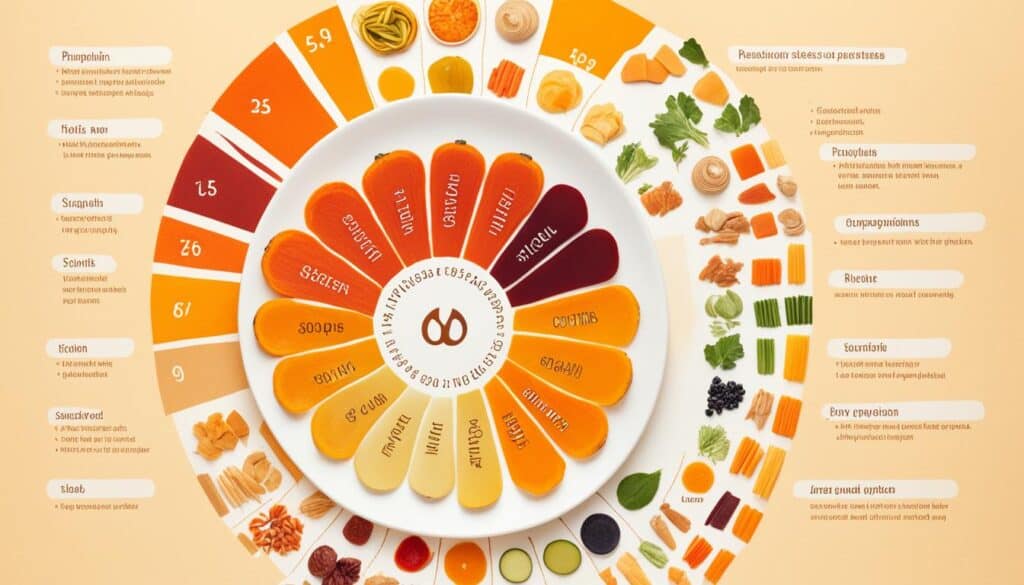
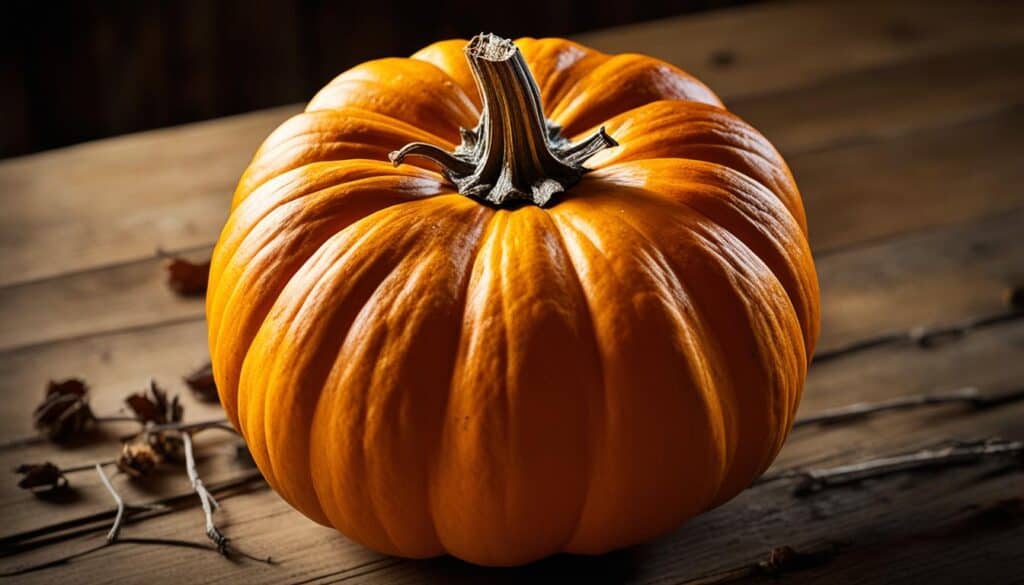
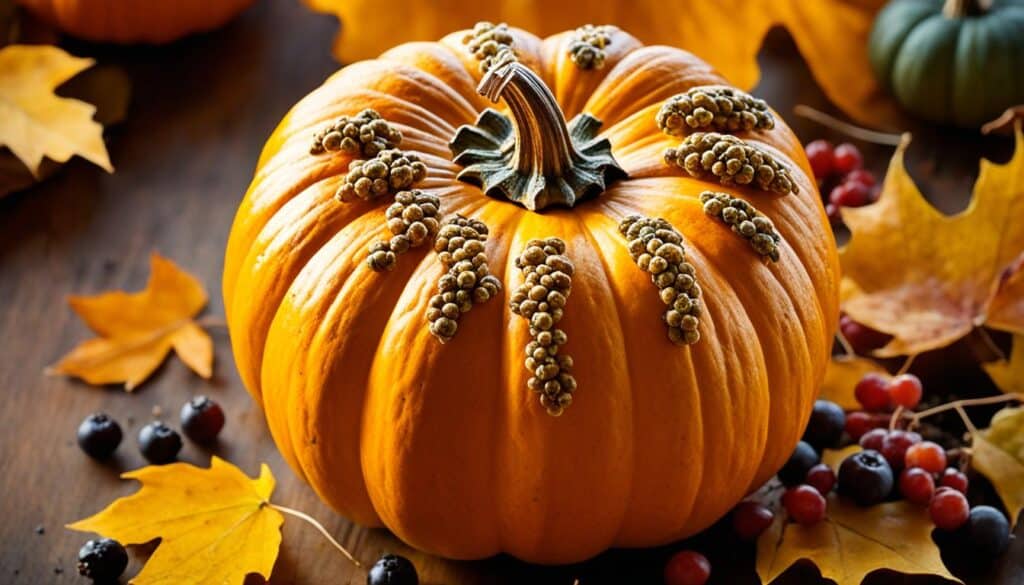

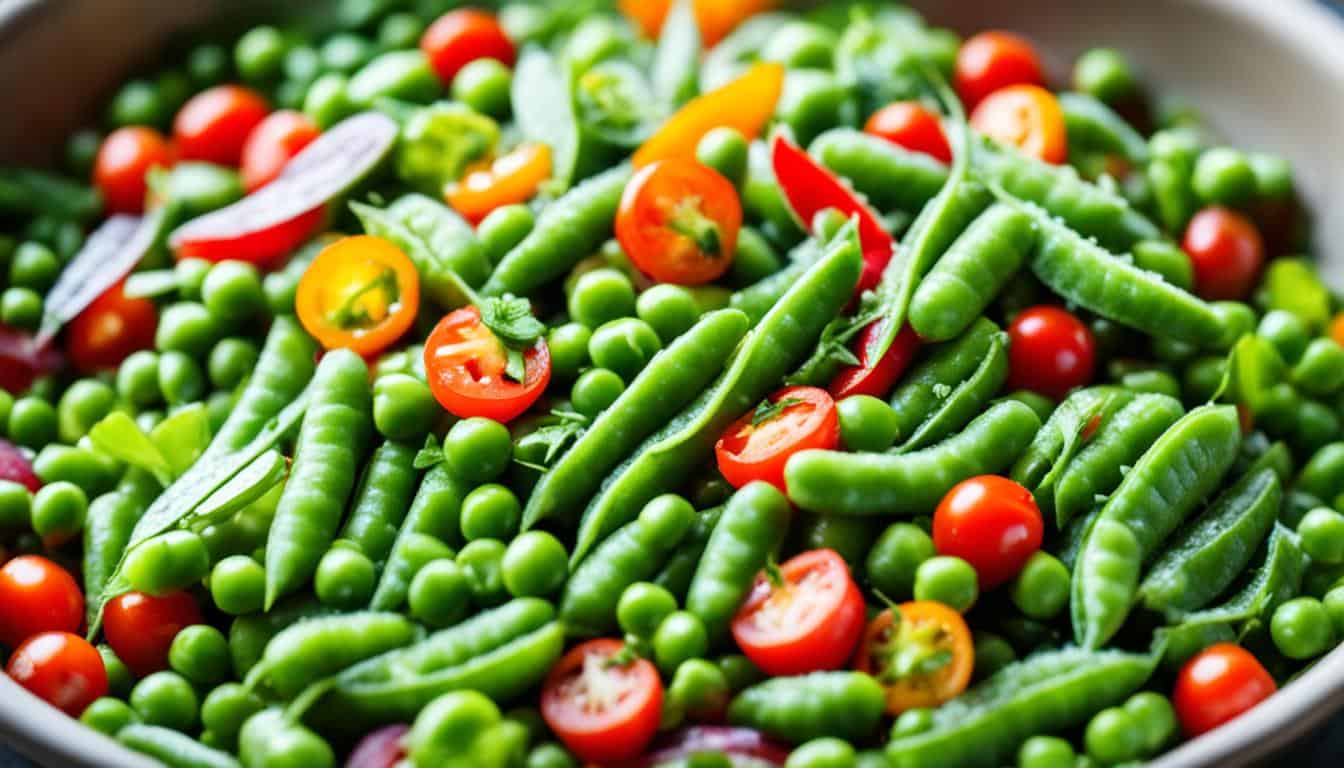
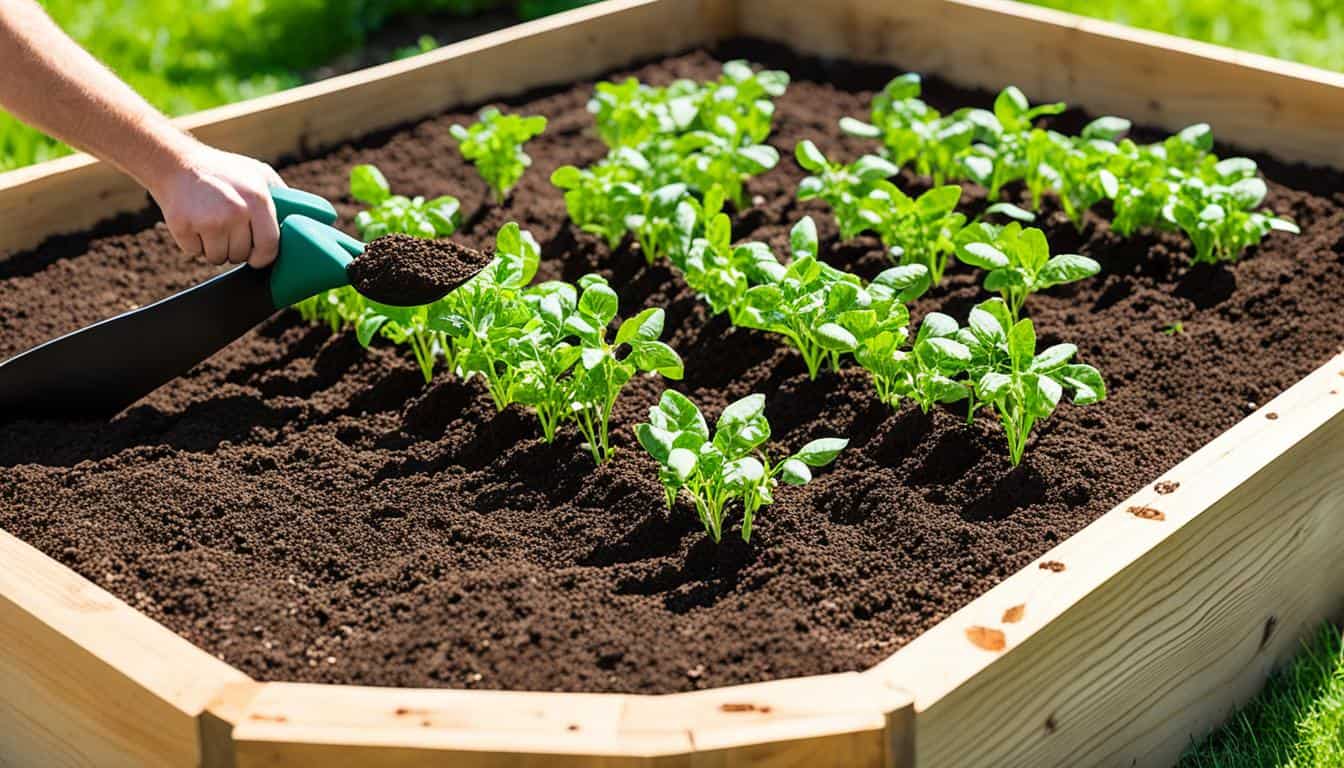
Leave a Reply